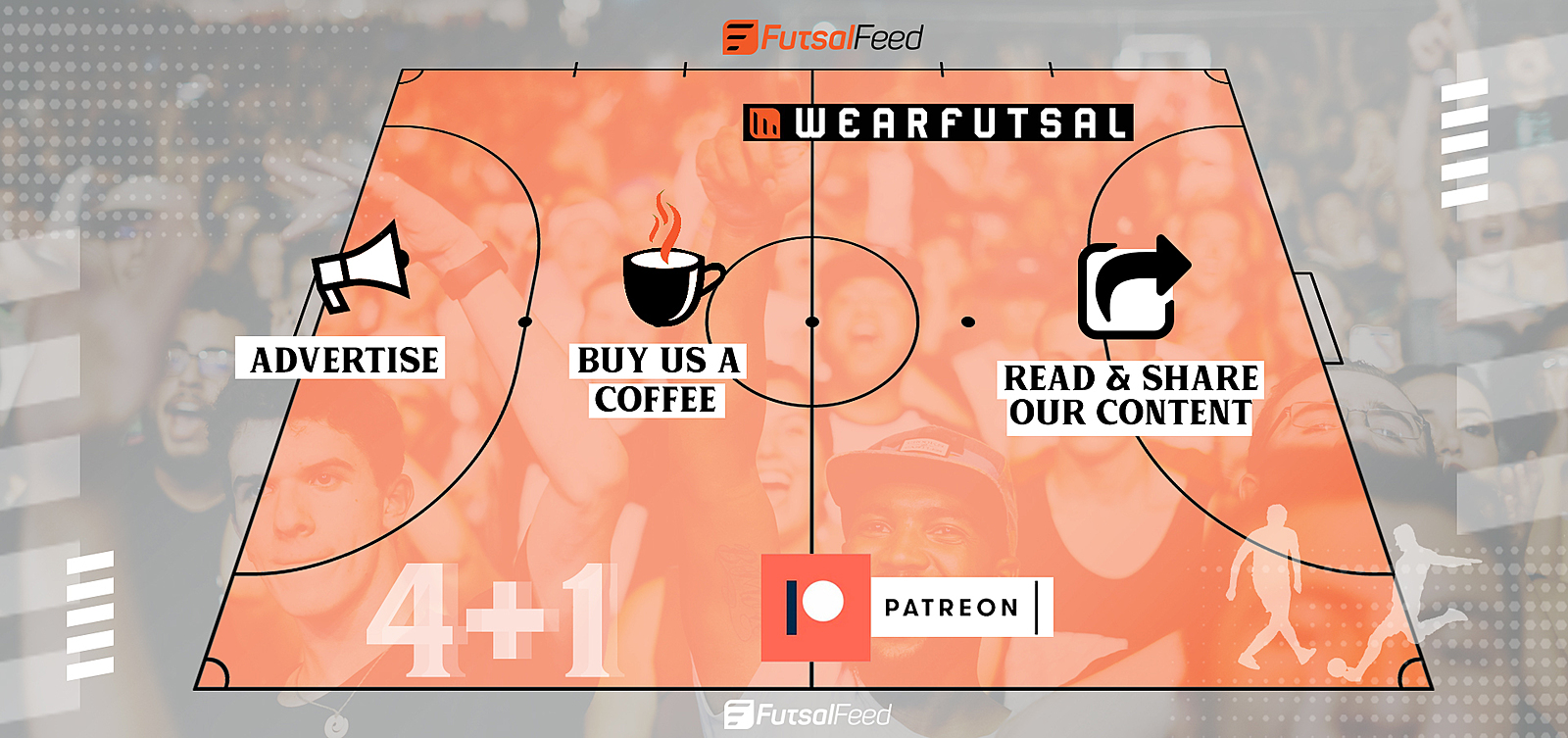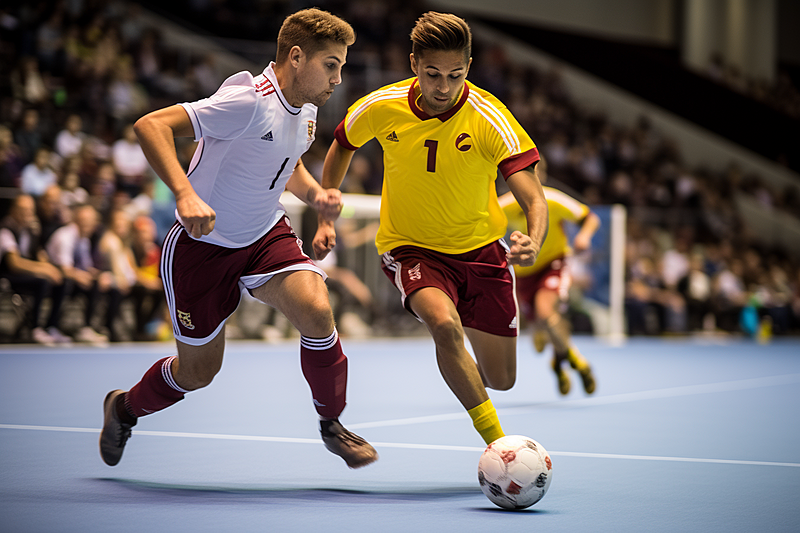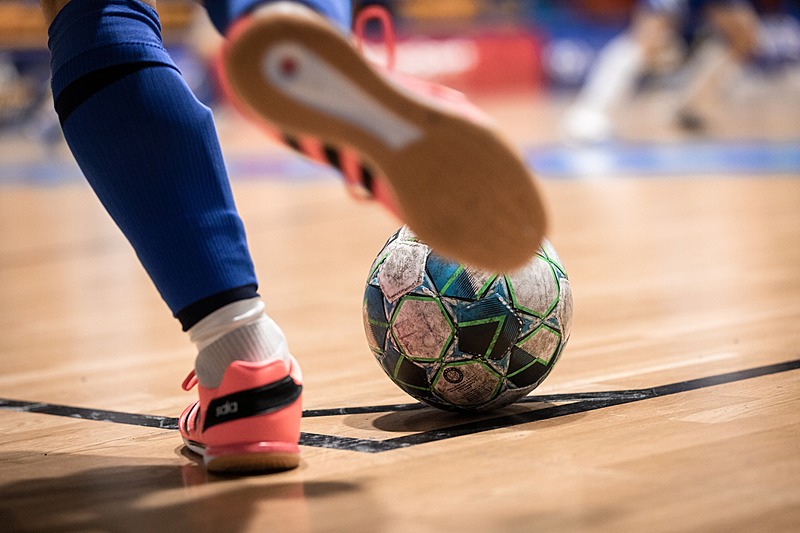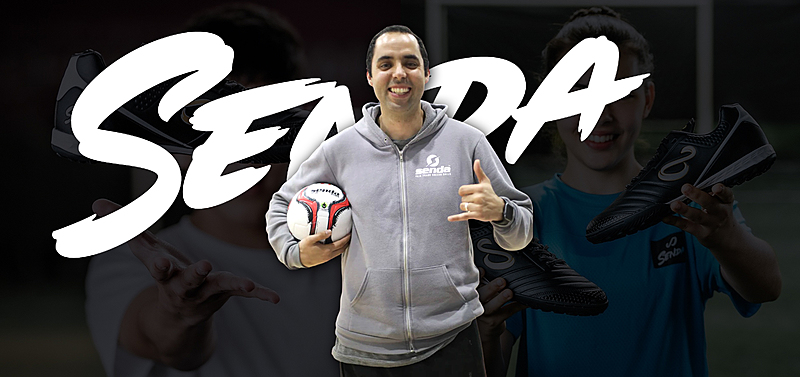Everyone knows that the sign of a great futsal shoe is not only how it looks, but how it feels when you play. This article can help you to choose the best futsal shoe for you.
We have already written about TOP 10 indoor futsal shoes, and it was one of the most popular articles on FutsalFeed. Now, we will try to help you with an explanation on how to choose the perfect futsal shoes.
It's not just “It looks great”, or “This popular player has it”, you need to choose wisely. Knowing your style of play is crucial for choosing the best futsal shoes on the market.
There are a lot of differences, from weight to cuts and midsole. Let's try to see what is the best futsal shoe for you!

1. WEIGHT
Some futsal shoes are very light, and the benefit is that you have better speed with them. Some players like this more than anything else.
Other people, more than speed, like to have a good touch. This design allows feeling the ball, have better dribbling… and if you are a skilled player, you will probably choose them.
2. CUTS
You can also choose futsal boots by choosing a different type of cut, and there we have leather boots, synthetic boots, and knit boots. What is the difference?
Leather boots have fairness, durability, reliability, comfort, heat transfer and they are suitable for any season. The disadvantages are high prices and fakes because some manufacturers often pass off faux leather and other synthetic derivatives for genuine leather.
Synthetic boots are water-resistant, easy to clean, they are light, and less expensive. Disadvantages are that they are less comfortable, you have less feeling and you need more break-in time.
Knit boots and the revolution started in 2014 when Adidas released the Samba Prmeknit, and Nike Magista Flyknit not long after. The advantages are 1 to 1 fit, almost barefoot feeling, and ultra-lightweight, without sacrificing construction and rigidity. The knit upper is also constructed from one piece with a minimal amount of offcuts and waste as result. They are light and with thin upper layer that opens space for tears.

3. MIDSOLE
There are 3 types of midsoles: low, medium, and high. And if you're asking yourself, here is the answer what is the difference between them.
Low midsoles are developed to feel the ball as much as possible in the foot sole. They’re often present in speed boots, which generally are quite light. They don’t offer much protection against the court and have zero drops. If your feet are in a perfect state, then you can use this type of midsole without a problem.
Medium midsoles are perfect for those needing some cushioning without adding too much weight to the boot. If you have orthopedic insoles, boots with a medium-height midsole are a great alternative to take into account.
High midsoles boots with a high midsole are generally robust and have a classic cut. They’re prepared for robust players and are specially made to endure any kind of actions without damaging our foot sole in the least.

What is your favorite futsal shoe? Tell us in the comments below!
>>> 4+1 easy ways how you can support FutsalFeed








